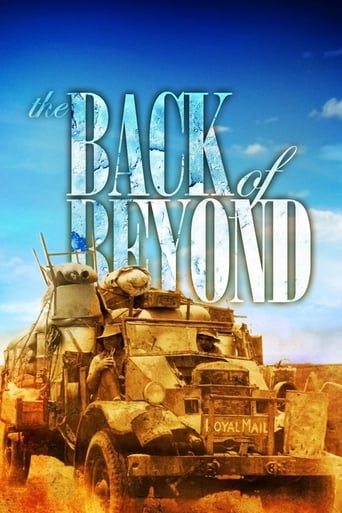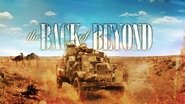John (opsbooks)
Tom Kruse personifies the great Aussie 'character'; cheerful, strong, manly, polite and a man of few words. You know if he sets out on a job, he'll do it, come what may. Tom doesn't regard himself as anyone out of the ordinary. For him, the real heroes of the Birdsville Track were those who traveled by horse and cart. They were, but so are you, Tom.The film crew accompany Tom on one of his regular trips, and you meet the people, some of the wild life and hear of some of the stories. The most heart-rending is that of the two little girls who went off on a 24-mile trek to the next homestead, looking for help for their mother.The 'style' of the film is in keeping with Australia in the postwar period. Thoroughly entertaining, beautifully shot and perfectly paced, it deserves to stand in the forefront of Australian documentary film - making.
Anton Miles
This is a movie that shows what half a century ago, life was in the outback of Australia's desert. A hostile location at anytime but back then an old Leyland truck, a flying doctors radio (antique design) was the way those hardy soles lived their lives. It's about life on the Birdsville Track as it was then. Tom Kruse and his 1936 Leyland Badgermail truck feature along with many of the people living along the track at that time.Later in 1999 another movie "Last Trip from Birdsville" was made to commemorate Tom Kruse the truck driver in the 1954 movie, his last mail run, a re-enactment in 1999.The Back of Beyond (1954), directed by John Heyer, was made by the Shell Film Unit. 3 The Shell Unit was set up in 1948 with Heyer in charge. Earlier Heyer had been a senior producer with the Federal Government's Film Division (later called the Commonwealth Film Unit, now Film Australia) - and indeed had been instrumental in its setting up in the last months of the second world war. Heyer was given a brief by Shell to make a "prestige" documentary that would capture the essence of Australia. He chose as his subject a weekly Birdsville Track mail run.


